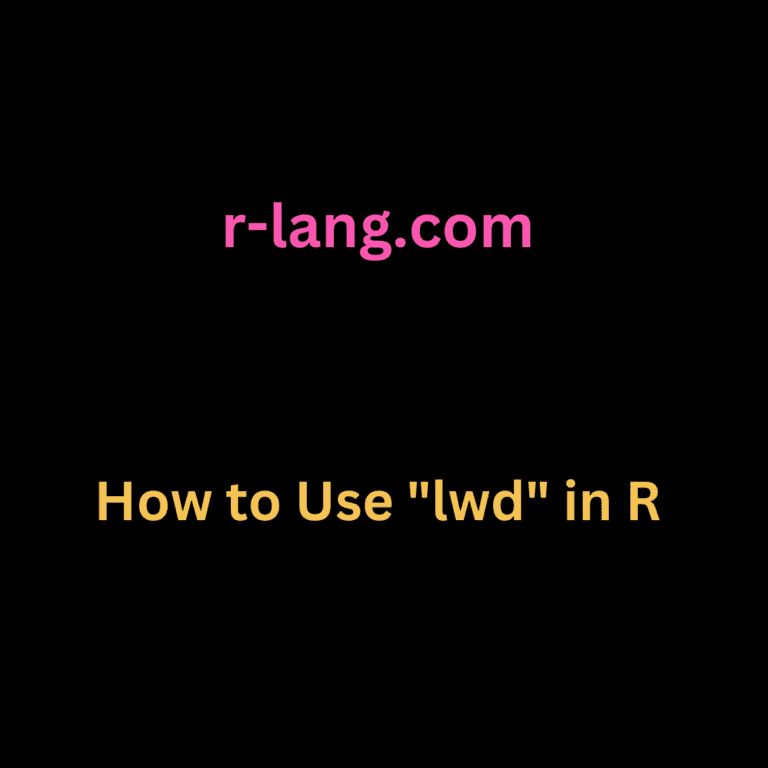How to Create a Grouped Boxplot in R
To create a grouped boxplot in R, we can use the ggplot2 library’s aes() and geom_boxplot() functions. The aes() function maps the continuous and categorical variables to visual properties of a plot. The geom_boxplot() function creates a boxplot. There is a difference between a standard boxplot and a grouped boxplot. A standard boxplot provides a … Read more


